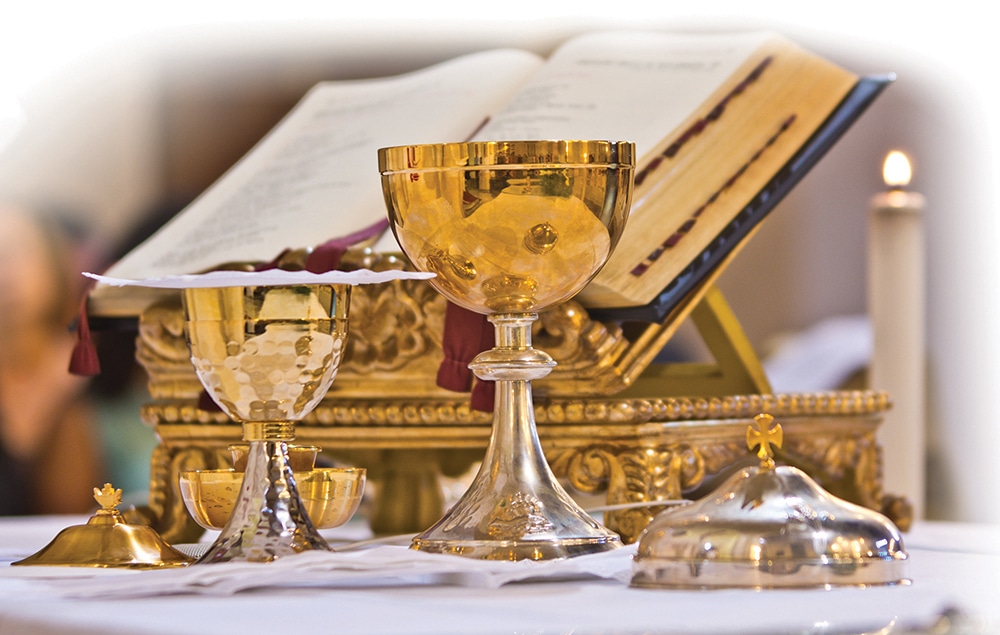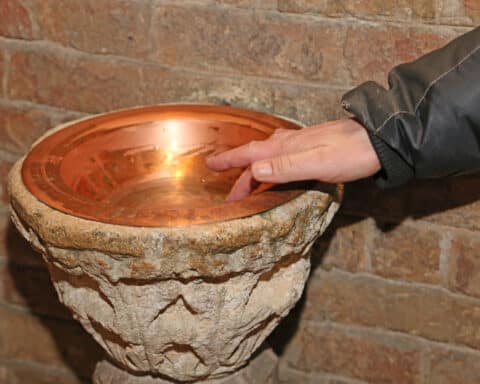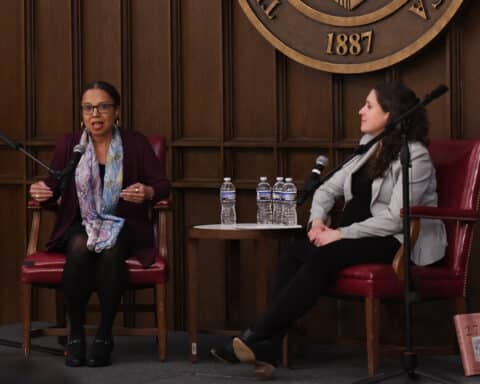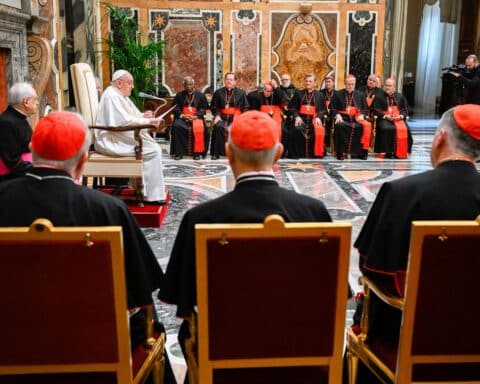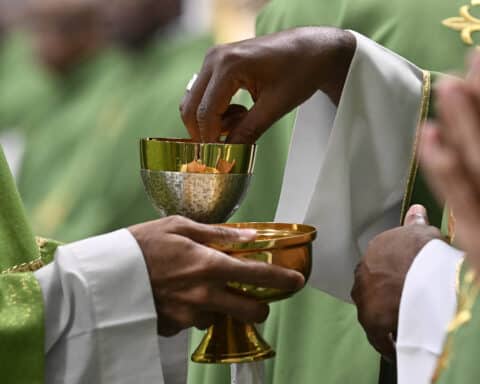This is the fourth in a series of articles exploring the gift and promise of Vatican II’s liturgical reform.
Ideologues struggle to make subtle distinctions. A political ideologue who identifies as conservative, for example, will often be unable to recognize any good in her liberal counterpart. Every dimension of the liberal’s worldview is wrong to the conservative ideologue.
While such ideology is omnipresent in the political sphere, it has also seeped into discussion around the liturgical reforms of the Second Vatican Council.
Either the reforms of the council are entirely good or entirely malicious. Both positions, in the end, suffer from ideological bias.
The Catholic position, which I seek to articulate in this column, is that the liturgical reforms of Vatican II are both inherently good and, at times, deficient. This does not mean that the whole Church must or should return to the pre-conciliar period. Rather, it opens a space for a nonideological approach to assessing the state of the Church’s liturgical life.
Active participation
First, the liturgical reforms are inherently good. They are inherently good because they have fostered the kind of participation that the magisterium sought to inculcate beginning in the 20th century.
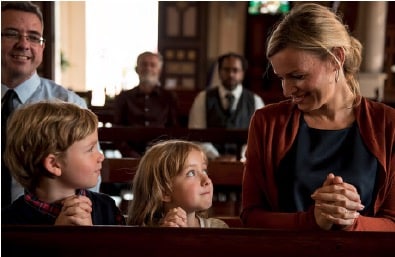
The term “active participation” was first used in Pope Pius X’s 1903 apostolic letter Tra Le Sollecitudini. While some have claimed that the language of active or actual participation was primarily interior, it is not. The document argued for the primacy of Gregorian chant precisely because chant is the kind of music that can be sung by the whole assembly (unlike Mozart’s operatic liturgical compositions).
Pope Pius XII’s Mediator Dei (1947) continues to use the term “active participation,” enriching its meaning. Once again, the lay faithful should participate actively through singing the Mass. But they should know and recognize the various parts of the Roman missal. At low Masses — ones where there is not a choir — the assembly may sing appropriate hymns. At high Masses — where there is a choir — they should be able to sing the chants and propers of the Mass.
At the Second Vatican Council, the call for a reform of the Eucharistic liturgy was intended to foster active participation. There was a desire for a simplified Eucharistic liturgy for the sake of greater participation — both interior and exterior–of the baptized faithful.
Now, at times following the Council, there was an improper understanding of this active participation. Active participation does not mean that everyone must have a special role — outside of serving as a member of the assembly — at a Eucharistic liturgy. Such participation is not reducible to frenetic activity.
Active participation was an authentic retrieval of what it means to belong to the baptized faithful. The sacrifice of the Mass is an occasion for contemplation. But it is also a time for the baptized faithful to offer that sacrifice of praise integral to Christian existence. We are priests, prophets and royal figures meant to transform the cosmos into a space of love through Jesus Christ.
The reformed Eucharistic rites have facilitated this greater sense of the liturgical identity of the baptized faithful. Yes, the Second Vatican Council was often too optimistic about the liturgical reform’s capacity to put an end to individualism and secularization. Liturgical reform is not a universal medicine healing the various illnesses of modernity.
Acknowledging wrongs
Having said this, the most devout of the baptized faithful — who regularly attend Mass — have benefited from vernacular worship. When the Eucharistic Prayer is prayed aloud, we have incorporated its images into our lives of prayer. We understand that raising our voice in song to God is part of the sacrifice of love that we offer to the triune God in our families and at work.
The reforms of the Council are inherently good.
And yet, once we have professed the goodness of the reforms, we must also recognize that such reforms could be incomplete. At times, the reforms could be wrong here or there.
For example, at the Second Vatican Council, three Eucharistic prayers beside the Roman Canon (what we know as Eucharistic Prayer I) were introduced. Eucharistic Prayer II in the Roman Missal was inspired by a text found in a third-century document entitled “The Apostolic Tradition.” Eucharistic Prayer II is beautiful, asking the Spirit to descend upon the gifts like dewfall, referencing manna in the desert.
In subsequent decades, liturgical historians recognized that the Council Fathers were wrong. This prayer is probably not from the third but the fifth century. It is not likely composed by Hippolytus of Rome but appears first in Syriac.
Does this mean that the reform was wrong? No, only if you are an antiquarian. The prayer itself is beautiful. The inclusion of additional Eucharistic prayers in the treasury of the Church is good. Yes, priests should pray the Roman Canon more often at Sunday liturgies and feasts. But the existence of a beautiful prayer, which the Church has the authority to compose, grounded in patristic thought, does not destroy the reforms.
Still, we must recognize that the Council was at times wrong on certain historical points. We shouldn’t gloss over the way that some of the wrongs were implemented too quickly. Further reforms are possible in future centuries.
A developing liturgy
Yes, the Holy Spirit was at Vatican II. As the Spirit is present in today’s Church. But the presence of the Spirit does not mean that everything that comes about because of a Council must remain that way for ever and ever, amen. Such assumptions lead to idolatry rather than renewal. This work of studying the history and theology of the liturgy is the task of scholars. One day, reforms could be introduced into future editions of the Roman missal or other rites of the Church.
All of this is OK. It’s not an attack on the Council. It’s not giving up on the Council.
It’s development.
For this reason, we must allow ourselves to be critical of some reforms without demanding a return to the pre-conciliar rites. It was too often assumed, for example, that simplicity enabled better participation. Whether the Council Fathers were aware of it or not, participation is not reducible to understanding exactly what is going on. The use of salt, for example, in the baptismal liturgy of infants was eliminated by the reforms. Applying salt before baptism was considered too superstitious, a symbol that the modern person could not understand.
We now understand that participation is not reducible to an act of cognition. There is aesthetic participation, the contemplation elicited by that which is beautiful. There is participation grounded in the body’s worship of God. Is this not how those with intellectual and physical disabilities often participate?
In brief, yes, we the lay faithful can understand salt.
So, let us give up ideology. Let us recognize that the reforms were intended and have been intrinsically good for the Church. Let us concurrently recognize that mistakes could have been made and that future reforms could rectify those errors.
In future columns, the task will be to apply this approach to knotty problems related to the liturgy today. Beginning with what direction the priest faces during the Eucharistic prayer.
Note: In the previous column (“Why does the liturgy generate such conflict,” Faith, Feb. 6-12), I ascribed a position relative to Dr. Peter Kwasniewski that in personal correspondence he noted that he did not possess. He believes that the reformed liturgies are valid and have generated spiritual fruit in the lives of believers. I apologize to readers and Dr. Kwasniewski for misrepresenting his position.
Timothy P. O’Malley, Ph.D., is the director of education at the McGrath Institute for Church Life at the University of Notre Dame.

